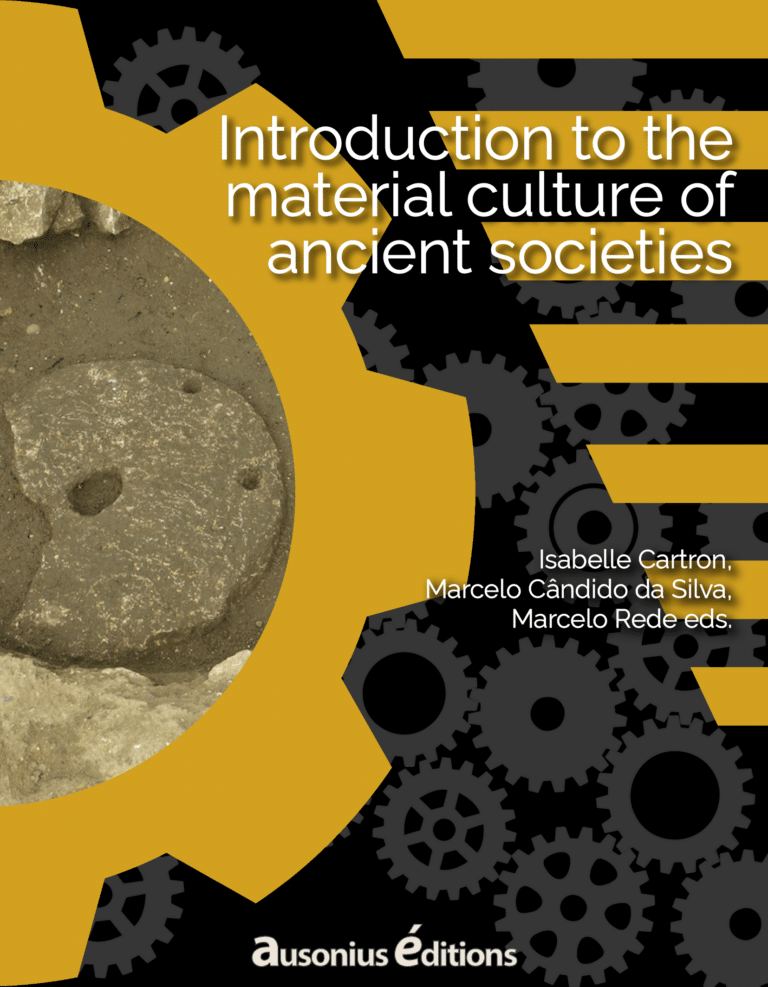A long Middle Ages marked by the Church
The Western Middle Ages were strongly marked by the emergence and affirmation of Christianity: being part of the Ecclesia (i.e. the community of Christians) it became a frame of reference that was reflected in many individual and collective practices. From a material point of view, this belonging is particularly visible since the church, as a building,1 becomes an essential pole in the city as well as in the countryside, structuring the inhabited spaces. Most of these buildings have been improved and rebuilt over the centuries and still mark the landscape considerably. In a very general way, three periods can be distinguished in these long Middle Ages. The first Middle Ages’ period (4th-11th century) corresponded to the time of the slow establishment of the network of churches, the foundation of which was the result of multiple initiatives: bishops, monks, but also aristocratic elites and even rural communities.2 The architecture of these early churches is still difficult to grasp because most of them have been modified; however, new archaeological methods now make it possible to grasp some of their characteristics (C. Ehrhardt see below). The Middle Ages (11th-13th century) were a time of maturity. The Church, as an institution, now supervise and control practices, and the network of buildings whose hierarchy was asserting itself: the power of the bishop around the great urban cathedrals, but also in the diocese with the network of parish churches in the countryside administered by priests, and the network of monasteries whose links with the great aristocratic families were undeniable.3 The cult of relics increased and pilgrimages were numerous, both locally and throughout the West. In the context of the Christianity’s affirmation in the face of other faiths, notably Islamic, great pilgrimages were set up in the West, whether to Jerusalem, Rome, or Santiago de Compostela. The last centuries of the Middle Ages were more marked by the emergence of new, more personal devotions, as well as by the creation of new monastic orders, often urban, such as the mendicant orders.4 Prayers were then supported by precious objects that bear witness to these more individual practices (H. Morvan, see below).
Building archaeology: new methods and problems
For a long time, medieval churches were studied by art historians from an essentially stylistic point of view. From the 1970s onwards, the emergence of medieval archaeology as a discipline focused on the buildings found in excavations but also on understanding their environment.5 Gradually, archaeologists developed new methods for studying the churches that were still preserved in their elevations, using stratigraphic reading and archaeometric analyses of the materials, some of which could be dated. The archaeology of buildings was thus established in the 1990s and has only really asserted itself in the last twenty years.6[6] The aim is to propose a reading of the building in elevation, considering the materials, the construction techniques, and the evolution of the building site.7[7] The church is first studied solely from a material point of view before considering the written sources which offer complementary points of view on its chronology, its functions and the practices carried out there. New research themes were then developed, particularly regarding construction techniques, the progress of building sites, the frequency of replacements and their symbolism (L. Fuduli see below), circulation and the liturgy practiced in the church. The study of churches is now interdisciplinary, calling upon history, archaeology, art history and archaeometry. Ultimately, the aim is to understand the dynamics at work in the construction and transformation of churches in order to better understand Christian practices in medieval society.
References
- Bernardi, P., 2014: Bâtir au Moyen Age, Paris.
- Fixot, M. & Zadora-Rio, E. (dir.), 1994: L’environnement des églises et la topographie religieuse des campagnes médiévales, Actes du IIIe congrès international d’archéologie médiévale (Aix-en-Provence 1989), Paris.
- Iogna-Prat, D., 2006: La Maison Dieu. Une histoire monumentale de l’Église au Moyen Âge (v. 800-v. 1200), Paris.
- Matz, J.-M. & De Cévins, M.-M. (dir.), 2010: Structures et dynamiques religieuses dans les sociétés de l’Occident latin (1179-1449), Rennes.
- Schneider, L., 2014: “Les églises rurales de la Gaule (Ve-VIIIe siècles). Les monuments, le lieu et l’habitat : des questions de topographie et d’espace”, in: Gaillard, M. (dir.), L’empreinte chrétienne en Gaule du IVe s au IXe siècle, Turnhout, p. 419-468.
- Vanetti, A., 2020: Archéologie du bâti : histoire et épistémologie des origines à nos jours (France, Italie, Suisse), Dijon.



